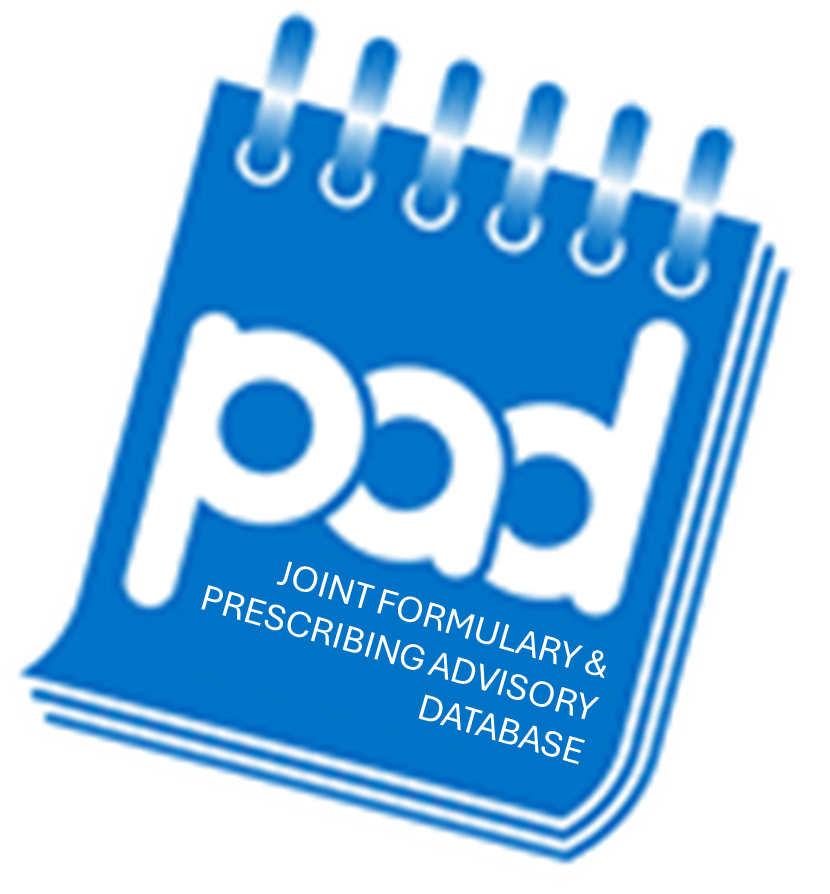
Lidocaine - Pain relief in Rib fracture
You are here : Home > Formulary Search > Lidocaine - Pain relief in Rib fracture
Documentation
PAD Profile
Committee Recommendations (2)
The Surrey Heartlands Integrated Care System Area Prescribing Committee agreed the use of lidocaine plasters for rib fractures.
A RED traffic light status has been agreed for this indication.
Trusts must ensure that appropriate durations can be supplied without requests to primary care for further supply
Indication: Rib fracture (off-label). Approved for use on advice of pain team, ICU, anaesthetic, surgical, orthopaedic and ED consultants only.
It is indicated in the following situations:
- First line for elderly patients (age >65) eg those with high risk systemic side-effects from opiates, dementia and delirium, falls causing chest trauma.
- First line for patients with a high chest injury score prior to waiting for regional infusion via CEPOD theatre if likelihood of delays.
- First line for patients not suitable for regional procedure eg dementia with aggression, anterior/ sternal fractures or high risk due to anticoagulation therapy.
- Second line for physically well patients whose pain is not well controlled with other analgesia.
- First line for patients where opioids are not appropriate or need to be reduced to reduce risk of respiratory depression and other side effects.
Supply for maximum of 2 weeks
Other Indications
Below are listed other indications that Lidocaine is used to treat.
Other Drugs
Below are listed other drugs that are used to treat Pain relief in Rib fracture.
- No records returned.
